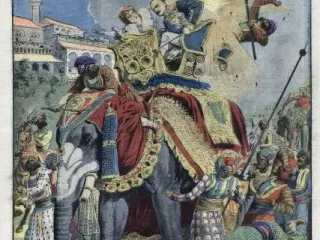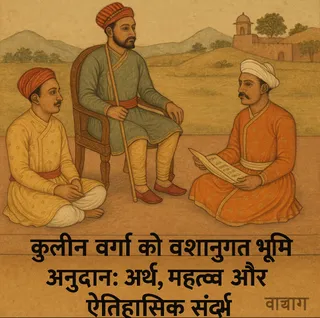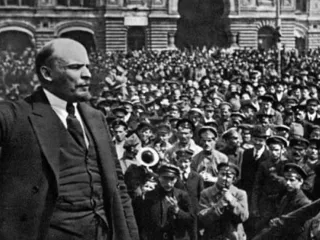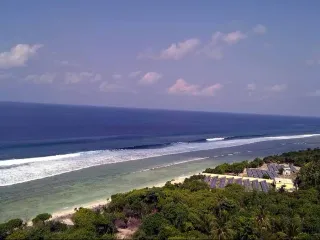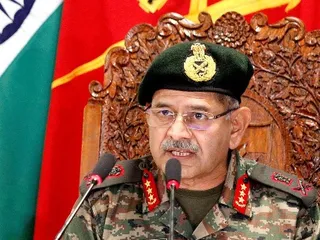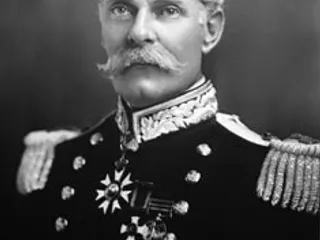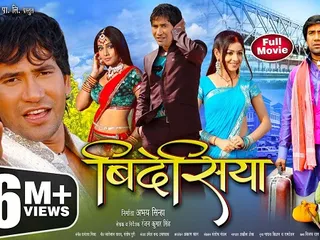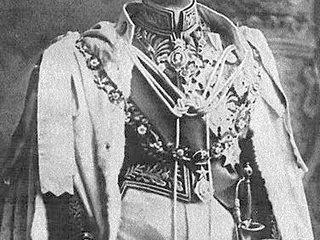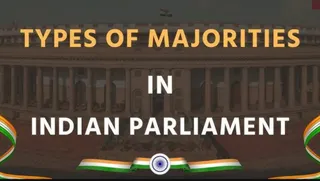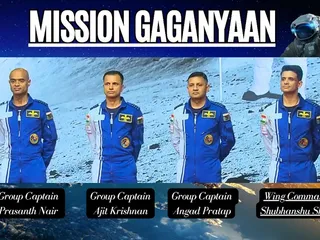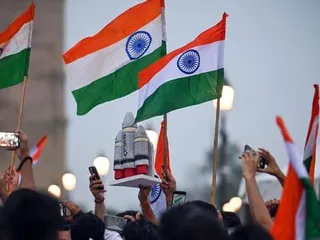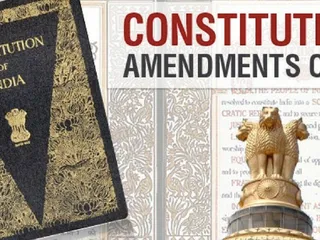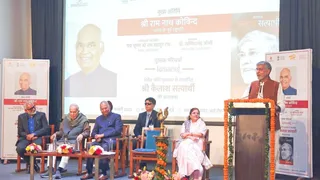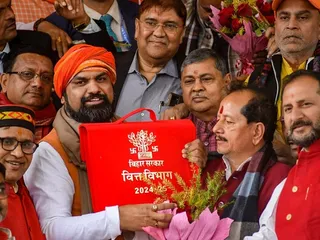The Vijayanagara Empire, flourishing in South India from the 14th to the 17th centuries, stands as a testament to the region's rich cultural and political heritage. Its capital, Hampi, now a UNESCO World Heritage site, showcases the grandeur and sophistication of this remarkable kingdom. Established in 1336 by Harihara I and Bukka Raya I, two brothers of humble origins, the empire rapidly expanded, establishing its dominance across the Deccan plateau and beyond.
The empire's success was rooted in several factors. Strategically located, Vijayanagara controlled vital trade routes connecting the east and west coasts of India, facilitating extensive commerce and accumulating immense wealth. This prosperity fueled the construction of magnificent temples, palaces, and public works, creating an impressive urban landscape. The Vijayanagara rulers shrewdly fostered a complex system of administration, effectively managing a diverse population and maintaining a stable political environment.
Notable among the Vijayanagara rulers was Krishnadevaraya (1509-1529), considered the empire's most illustrious king. His reign marked a period of unparalleled prosperity and territorial expansion. He skillfully employed diplomacy and military prowess to extend Vijayanagara's influence, engaging in successful campaigns against neighboring kingdoms. His reign saw advancements in literature, art, and architecture, solidifying the empire's cultural prominence. The empire also actively promoted Telugu and Kannada literatures, leading to a flourishing of creative expression.
The Vijayanagara architectural style is characterized by its immense scale and intricate detailing. The temples at Hampi, such as the Virupaksha Temple and the Vitthala Temple, exemplify the empire's artistic achievements. These structures, with their towering gopurams (entrance towers), elaborate carvings, and massive courtyards, represent a unique blend of Dravidian and other architectural influences. The sophisticated water management systems implemented by the empire, including canals and reservoirs, further highlight their engineering prowess.
However, the empire's dominance eventually waned. Internal conflicts and external pressures, notably from the Deccan Sultanates, gradually weakened Vijayanagara. The decisive Battle of Talikota in 1565 marked a turning point, leading to the empire's disintegration. Although the empire ceased to exist as a unified political entity after the battle, its cultural and artistic legacy continues to inspire and fascinate, leaving an indelible mark on South Indian history.
The ruins of Hampi today stand as a powerful reminder of the Vijayanagara Empire's splendor and enduring legacy. They provide a window into a sophisticated civilization and serve as a testament to the ingenuity and cultural richness of this remarkable South Indian kingdom.


